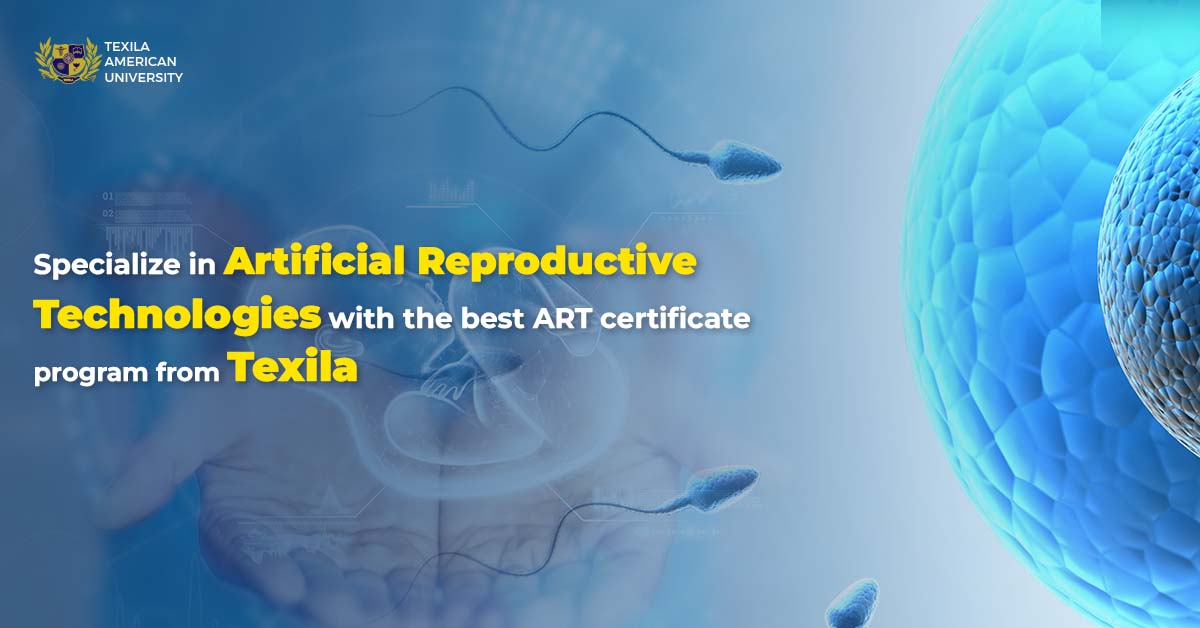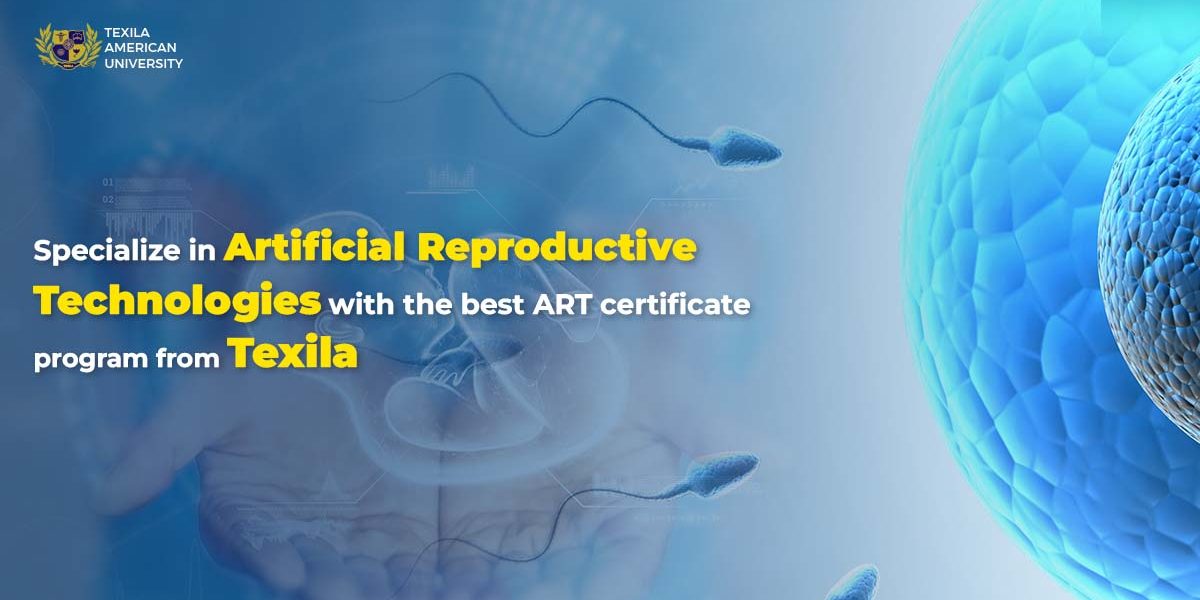Blog Summary:
Infertility is a condition of the reproductive system where couples are unable to conceive after a period of regular unprotected sexual intercourse. ART assists couples with difficulties or inability to conceive children with fertility treatments and procedures. Understanding the physiology of the female reproductive system is vital in ART. In vitro fertilization, Intrafallopian transfer, Frozen embryo transfer, Intracytoplasmic sperm injection, Intrauterine Insemination, and Third-party ART are some of the types of ART procedures in practice. The success of procedures depends on the type of ART therapy, the couple’s age, health, and the nature of infertility. You need to choose the best treatment by considering the above factors coupled with the couple’s preferences, benefits, risks involved, and costing.
Assisted Reproductive Technology (ART) assists couples with difficulties or inability to conceive children with fertility treatments and procedures. ART therapies involve the manipulation of eggs, sperm, or embryos to increase the success rate of pregnancy.
Infertility is a condition of the reproductive system where couples are unable to conceive after a period of regular unprotected sexual intercourse. According to the Society for Assisted Reproductive Technology (SART) and World Health Organization (WHO), the period is:
- 12 months for women above 35 years of age
- Six months for women below 35 years of age
Infertility is a critical concern for couples and can cause stress and trauma. Do you know that 8- 12% of couples experience fertility problems? And about 40 – 50% of cases are due to male infertility. Low sperm concentration, poor sperm motility, or abnormal morphology are the main factors causing male infertility. Semen analysis with an accuracy of 89.6% is the primary technique employed to detect male infertility problems.
ART techniques increase the success rates of conception. ART therapies are complex and increase the chances of fertilization by influencing male/female gamets. Couples usually consider ART therapies when unable to conceive with other infertility treatments. Infertility procedures require time and energy with an emotional and financial commitment.
Couples choose medically assisted reproduction to address:
- infertility
- genetic conditions
- pregnancy complications
- fertility treatment
The therapies are expensive and not affordable for many people.
Understanding the physiology of the female reproductive system – ovaries, fallopian tubes and uterus is crucial in ART. ART therapies are classified based on the techniques and type of reproductive cells employed. They vary depending on the specific needs of the couples and circumstances. As the therapies are rigorous and involve uncertainty, they can be stressful. It’s always advisable having a prior orientation to get to know about the process and procedures with a healthcare professional or fertility specialist.
If you are an Ob-Gyn, a Certificate in Artificial Reproductive Technologies will enable you to pursue a successful career in clinical embryology and infertility treatment.
Evaluation before ART procedures:
Each patient is assessed before starting with the process. The following factors need to be in control to improve the success rate of pregnancy:
- Chronic medical conditions like diabetes, hypertension, asthma and obesity
- Blood analysis to determine immunity and tests for hepatitis B and C, HIV and syphilis
- Genetic Carrier Screening to identify genetic diseases and necessary interventions to control the inheritance of genetic diseases
- Ovarian reserve tests to determine response to ovarian stimulation
- Semen analysis to determine sperm quality
- Evaluation of the uterus to determine the length and direction of the uterus to anticipate difficulties in embryo transfer
Types of ART procedures:
Several ART procedures are available to treat infertility. A Certificate in Artificial Reproductive Technologies helps you:
- Gain knowledge of the various diagnostics, tools and strategies
- Analyze and evaluate infertility in couples
- Select suitable ART therapies as per your patient’s needs and guide them accordingly
Let’s have a brief look at the various procedures in practice.
1) IVF:
In vitro fertilization (IVF) is the most common type, and the process involves making the ovaries produce several mature eggs at a time. The eggs are extracted and fertilized with the sperm collected from the semen samples in an incubator. The resulting embryos are placed in the uterus. The process bypasses fallopian tubes and performed for couples with:
- tubal obstruction
- endometriosis
- ovulatory dysfunction
- genetic disorders
- Ineffectiveness of other ART treatments like intrauterine insemination
SART studies suggest that IVF embryo transfer (IVF-ET) accounts for 99% of ART cycles.
IVF increases the chances of pregnancy and fertilization. It may take several IVF cycles to achieve success and yields unproductive results in some cases.
Disadvantages of IVF:
- Multiple pregnancies – chances of implanting two or more embryos at a time
- Potential side effects due to fertility drug injections
- Ectopic pregnancy – the embryo might settle outside the womb
- Ovarian hyperstimulation syndrome
2) Intrafallopian transfer:
It’s similar to IVF but involves a laparoscopic procedure to deliver the gamets directly into the fallopian tubes.
Disadvantages of Intrafallopian transfer:
- Increased chances of multiple pregnancies
- Complications from laparoscopic procedures like infection, organ puncture or anesthesia side effects.
- High cost compared to other ART procedures.
3) Frozen embryo transfer (FET):
Couples opt to freeze their eggs or embryos using IVF in the following scenarios:
- Choose to delay childbearing
- Require to undergo chemotherapy, radiation treatments
- Preimplantation genetic testing, etc.
The frozen embryos are let to thaw and inserted into the uterus as required. This procedure involves a high risk of preterm birth and decreased survival rate of frozen embryos during the defrosting process.
4) Intracytoplasmic sperm injection (ICSI):
When sperms cannot fertilize an egg on their own, a single sperm is injected directly into the center of the egg using a tiny needle by an embryo specialist. This procedure is performed simultaneously with IVF for couples experiencing sperm infertility.
Consider the following factors before opting for ICSI:
- Damage to eggs due to procedure
- High chances of the inability of the egg to develop into an embryo
- 5 – 3% chance of congenital disorders, even with natural pregnancies due to infertility
5) Intrauterine Insemination (IUI):
IUI is the placement of the sperm in the woman’s uterus with the help of a long narrow tube. Medications to stimulate ovulation increase the chances of pregnancy.
Factors that influence the success rate of IUI treatments:
- Intake of fertility medications
- Age of the female partner
- Nature of infertility in the couple
IUI is performed when:
- Women have cervix defects
- Men have low sperm counts and low sperm mobility
- Couples experience difficulty with intercourse
6) Third-party ART:
Couples choose third-party assisted ART procedures when infertility treatments and traditional ART therapies do not yield results.
It involves:
- Sperm donation
- Egg donation
- Surrogate or gestational carriers
- Embryo donation
Third-party ART is used when couples experience:
- Primary ovary insufficiency
- Chemotherapy or radiation therapy
- Dysfunction in ovaries
- Carriers of known genetic diseases
- Infertile because of poor egg quality
- Menopausal
- Failed IVF cycles
Texila CPD offers the best ART certificate program:
Doctors with MS or DNB in Ob-Gyn or DGO degrees are eligible to pursue our three-month online program. The comprehensive curriculum exposes you to the various tools and techniques in artificial reproduction technologies.
Benefits of pursuing a Certificate in Artificial Reproductive Technologies:
- Flexible online learning to suit your convenience.
- Exposure to various procedures via interactive live webinars with faculty members and practical training.
- Certification based on MCQ assessment.
Key Takeaways:
ART treatments aid in improving the success rates of pregnancies. Several types of ART therapies are available to treat infertility. The success of procedures depends on the type of ART therapy, the couple’s age, health and the nature of infertility. You need to choose the best treatment by considering the above factors coupled with the couple’s preferences, benefits, risks involved and costing.
A Certificate in Artificial Reproductive Technologies will enhance your skillsets:
- Diagnose the nature of infertility based on tests and diagnostic procedures
- Awareness of various tools, procedures and ethical practices
- Guide your patients on the suitability of ART procedures based on their health analysis
- Describe the benefits and complications involved with ART procedures and how to deal with them
- Discuss the outcomes and success associated with each treatment


